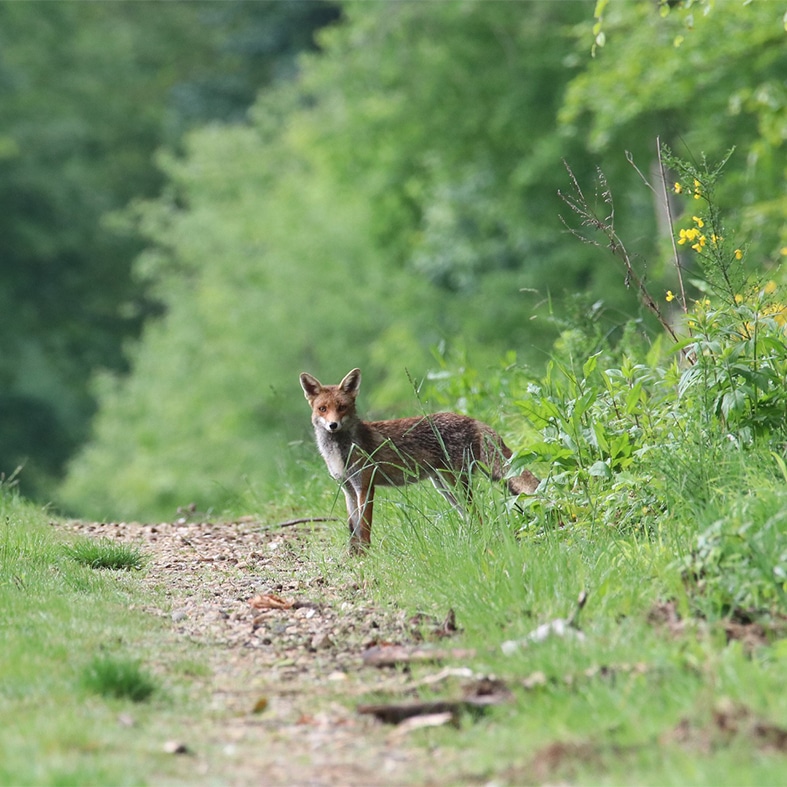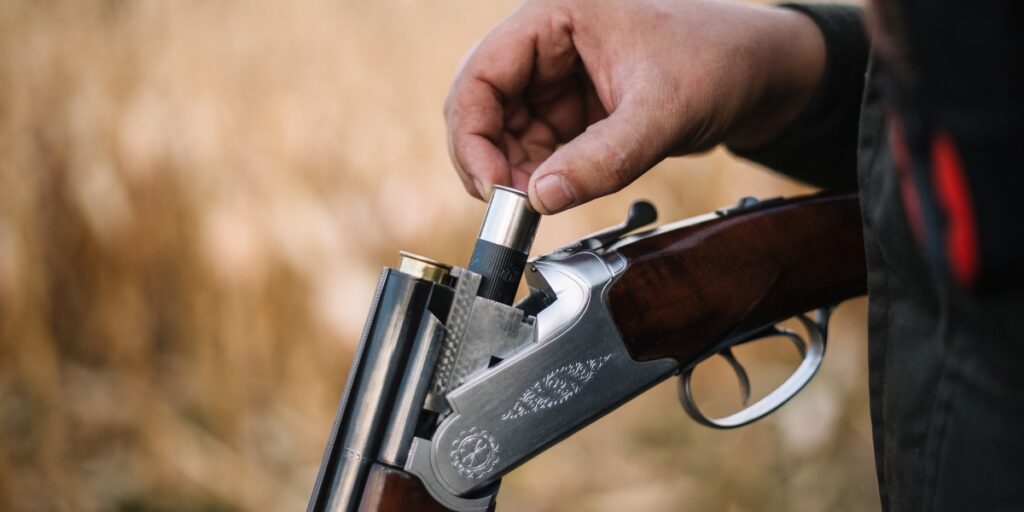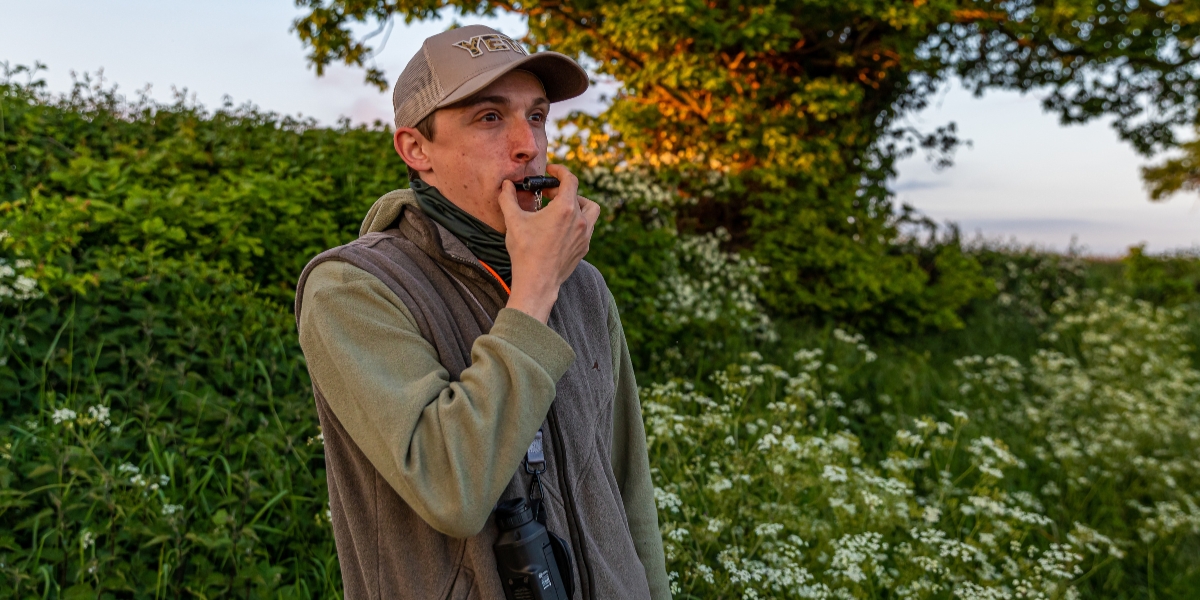xmas-home-header
Christmas and New Year opening times Please note that BASC’s head office will be closed from 12.30pm on Christmas eve, reopening on 2 Jan 2025. Merry Christmas!
Get information on the legal shooting season for mammals and birds in the UK.
Apply for funding for your project or make a donation today
Comprehensive information and advice from our specialist firearms team.
Everything you need to know about shotgun, rifle and airgun ammunition.
Find our up-to-date information, advice and links to government resources.
Everything you need to know on firearms law and licensing.
All the latest news and advice on general licences and how they affect you.


Home » Pest and Predator Control » Fox » Fox control: sitting in wait
Foxes are creatures of habit and will often follow the same paths on a regular basis, leaving signs to indicate to you that a particular area is being used. These include fox scats and a musty fox smell.
Like a lot of animals, foxes will take the easiest route through an area as long as they feel safe doing so. This can give you as the shooter the opportunity to predict and intercept the fox at a pre-approved point along a track or path, which should if possible be an open area and assured of a safe back stop.
Baits, callers – either manual or electronic – plus lures and high seats can all be incorporated into your plans for interception to increase your chances of successfully achieving a safe and humane dispatch.
Before undertaking fox control, safety needs to be considered. Below are a list of key checks:
It is essential you use the appropriate firearm and ammunition for night shooting. Correct range judging is also vital to give yourself the best chance of shooting effectively. In most instances, using a centrefire rifle is preferable for fox control. However, over shorter distances and in certain circumstances, rimfire rifles may be appropriate.
Consider using a sound moderator for both rimfire and centrefire rifles, particularly in areas close to human habitation or livestock. Sound moderators also bring significant additional benefits in terms of hearing protection.
Shotguns with large magazine capacities, ie more than two cartridges, offer the user a significant advantage when dealing with large numbers of pests. Remember however, you’ll need relevant authorisation to hold such a firearm under licensing laws.
For ranges up to 30 metres, a 12 bore shotgun with a load of not less than 36 grams of large shot such as no. 1 or no. 3 is recommended as an effective alternative to a centrefire rifle for fox control.

Waiting for a fox on a track, path or ride you know to be well used by foxes can be a long-drawn-out affair and the opportunity to take a shot then fleeting.
Taking up a position with a clear view will help you see a fox approaching from a distance gives you a significant advantage in successfully dispatching your quarry. However, this is not always possible, so elevating your position with the aid of a high seat is a good solution.
A high seat gives you a good field of view, elevated above the ground which affords you the safe back stop needed, while also providing a steady rest if using a rifle. It can also help you remain undetected by the fox via scent.
Here are some other good bits of advice:
Calling the fox to your position can speed up the process significantly, but only if there are foxes within earshot once you are set and start calling.
It isn’t an exact science, what works in terms of call type, pitch, etc for you one day with a particular fox may not have the same success the next day with a different one. Environment, time of year and individual fox behaviour will all have an impact on how successful calling can be.
There are also different ways of calling. These include hand calling, often using a call which simulates prey such as a distressed rabbit, and electronic calls which offer a wide range of different calls. Each have their merits and potential drawbacks, with a large difference in price ranging from free to hundreds of pounds.

It stands to reason that if a call is being made by you, then a fox will look in your direction. This presents a risk that if you move or indicate your presence, the fox will make haste before you get the chance to take a shot.
When calling consider:
The benefit of using a remote-operated electronic caller is that it can be used from a distance, meaning the fox focuses on where the call came from rather than your position. The drawback can be the cost.
Here are some things to think about when using electronic callers:
There are different thoughts on lures and their effectiveness will depend upon several factors but clearly to be effective they need to be visible.
These lures are often designed to be used alongside electronic callers and can also be remotely operated with the intention of providing a visual attraction alongside the call.
Foxes are opportunists and it can be possible to utilise this by putting bait (food attractant) out in an area. This tends to work best in the winter months when food is scarcer and baits less likely to decay.
Like many elements of fox control, there are different schools of thought on what bait works best. However, it’s worth noting the rules on what can and cannot be used, e.g. fallen livestock must be disposed of correctly.
Christmas and New Year opening times Please note that BASC’s head office will be closed from 12.30pm on Christmas eve, reopening on 2 Jan 2025. Merry Christmas!